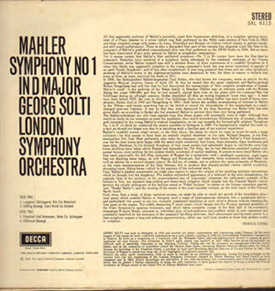Jonathan L. Friedmann, Ph.D.
Musikwissenschaft, the historical study of European art music, began in nineteenth-century Germany and Austria. Johann Nikolaus Forkel’s biography of J.S. Bach (1802) set the tone for the field, which focuses on musical rules, periods, pieces, and personalities. Two more branches of musicology were added during the twentieth century: ethnomusicology, which examines socio-cultural dimensions of global musics, and systematic musicology, which engages the sciences and humanities in investigating musical phenomena.
The three sub-disciplines of musicology have matured and diversified over the decades. Systematic musicology has an especially modern feel, with its interest in acoustics, neuroscience, psychology, and social theory. Guido Adler laid the groundwork for this interdisciplinary approach with his 1885 essay, “Umfang, Methode und Ziel der Musikwissenschaft” (“Scope, Method, and Aim of Musicology”), which divides musicology into historical questions about the development of musical conventions and the succession of “great” composers, and systematic questions about the nature of music and human responses to it.
Today, systematic musicology is itself divided into two areas: empirical/scientific and social/cultural. Its tools of computation and theories of analysis are decidedly twenty-first century, integrating lab studies, computer data, semiotics, and the like. However, the questions it pursues are much older than even Adler’s seminal essay.
Centuries before receiving its proper name, thinkers were systematically assessing music in human life. Around the third century, Greek theorist Aristides Quintilianus was already categorizing musical studies into theoretical/speculative (systematic) and practical/didactic (historical). Franchinus Gaffurius (fifteenth century) examined how musical sounds achieve specific ends. Marin Mersenne (seventeenth century) scrutinized acoustics and the speed of sound. As a rule, European scholars prior to the nineteenth century were preoccupied with the big picture. And, even as music history became the dominant focal point, scholars continued to ponder the larger cognitive and spiritual aspects (see my edited collections, The Value of Sacred Music: An Anthology of Essential Writings, 1801-1918 and Music, Theology and Worship: Selected Writings, 1841-1896).
Systematic musicology has benefited from the growing sophistication of the diverse disciplines it draws upon. Yet, underneath its contemporary garb are questions that have attracted thinkers throughout the ages: What is music, how does music work, why does music move us? Although the sub-field is relatively new, its questions long predate interest in historical periods and cultural practices. For this reason, it can be called the original musicology.
Visit Jonathan’s website to keep up on his latest endeavors, browse his book and article archives, and listen to sample compositions.



